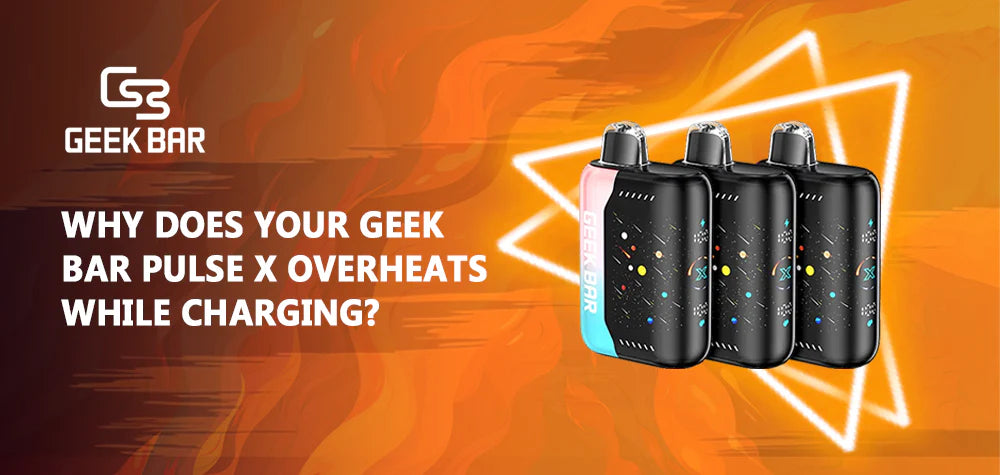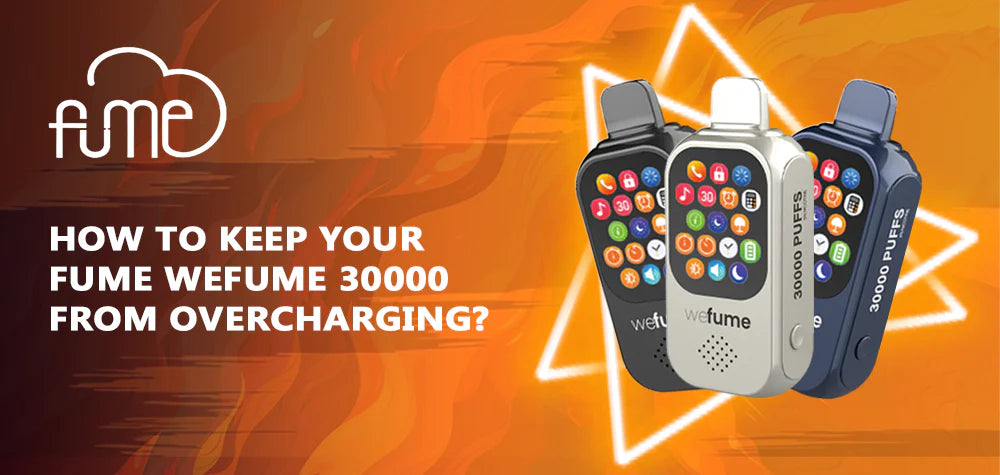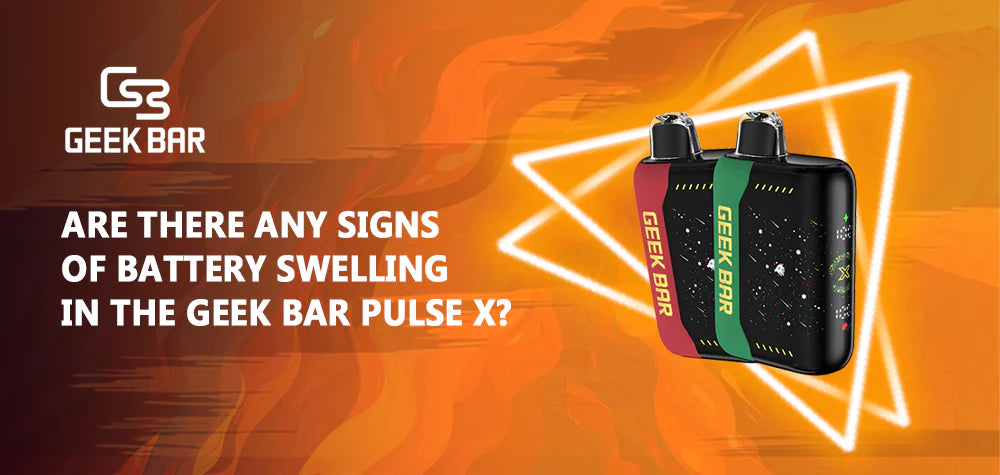
Why Does Your Geek Bar Pulse X Overheats While Charging?
The Geek Bar Pulse X uses a lithium-ion battery charged via a USB-C port, a standard for modern vaping devices due to its fast charging capabilities. Lithium-ion batteries generate heat during charging as a byproduct of electrochemical reactions. While mild warmth is normal, excessive heat indicates underlying issues, such as voltage irregularities, environmental factors, or hardware degradation. The device's internal circuitry includes safeguards to regulate temperature, but these can be overwhelmed by improper charging practices or faulty components. Recognizing how the charging system works helps users identify abnormal heating patterns early.
Primary Causes of Overheating During Charging
Using chargers that deviate from the manufacturer's specifications is a leading cause of overheating. The Geek Bar Pulse X requires a charger with a 5V/2A output to operate optimally. Third-party or counterfeit chargers may deliver unstable voltage, forcing the battery to draw excess current and generate heat. Damaged cables with frayed wires or bent connectors can also disrupt power delivery, creating resistance that exacerbates thermal buildup.
Leaving the device plugged in after reaching full charge strains the battery, even with built-in overcharge protection. Continuous trickle charging can degrade battery cells over time, reducing their ability to manage heat. This issue is compounded if the device is left unattended in high-temperature environments, where heat dissipation becomes less efficient.
Charging in direct sunlight, near heat sources, or in humid conditions traps heat within the device. Poor airflow around the Geek Bar Pulse X—such as placing it on soft surfaces like beds or couches—further inhibits cooling. The device's airflow vents, designed to regulate temperature, may also clog with dust or e-liquid residue, restricting heat escape and causing internal components to overheat.
Lithium-ion batteries naturally degrade after 300–500 charge cycles, losing their capacity to hold energy and manage heat. A worn-out battery may overheat even under normal charging conditions due to increased internal resistance. Physical damage, such as drops or impacts, can also compromise the battery's structural integrity, leading to short circuits or thermal runaway.
Signs Your Geek Bar Pulse X Is Overheating
The device becomes uncomfortably hot to the touch, particularly near the battery compartment or charging port.
The LED lights blink irregularly or fail to stabilize, signaling voltage fluctuations or thermal stress.
The device discharges rapidly after charging, indicating cell damage from prolonged heat exposure.
Swelling or warping of the battery casing suggests gas buildup due to chemical instability.
A burning smell or chemical scent may indicate overheating components or melting insulation.
Immediate Steps to Mitigate Overheating
If your Geek Bar Pulse X overheats while charging, follow these steps promptly:
Unplug it immediately to halt further heat generation.
Place the device on a hard, non-flammable surface in a well-ventilated area. Avoid refrigeration, as rapid temperature changes can damage internal components.
Test alternative certified chargers and cables to isolate the issue. Look for visible damage like frayed wires or bent pins.
Use compressed air or a dry brush to remove debris obstructing the USB-C port. Ensure the port is completely dry before reconnecting the charger.
If overheating recurs with a verified charger, the battery or internal circuitry may need professional assessment.
Long-Term Prevention Strategies
Stick to the manufacturer-recommended charger and cable to ensure stable power delivery. Avoid cheap knockoffs, which often lack proper voltage regulation.
Charge the device in a cool, dry environment with adequate airflow. Keep it away from direct sunlight, radiators, or enclosed spaces like car glove compartments.
Unplug the device once it reaches full charge to prevent trickle charging. Most Geek Bar Pulse X units require 60–90 minutes for a complete charge.
Clean the charging port and airflow vents monthly to prevent blockages. Check the battery compartment for signs of swelling or corrosion, and replace the device if abnormalities persist.
Replace the device every 12–18 months, depending on usage frequency, to avoid risks associated with aged batteries. Avoid exposing the device to extreme temperatures during storage.
When to Seek Professional Help
If overheating persists despite using compatible chargers and optimal conditions, the battery or internal circuitry may require replacement. Contact Geek Bar's customer support or a certified vape technician for diagnostics. Do not attempt DIY repairs on lithium-ion batteries, as mishandling can lead to fires or chemical leaks.
Conclusion
Overheating in the Geek Bar Pulse X during charging stems from incompatible chargers, environmental factors, battery wear, or poor maintenance. By using certified accessories, charging in suitable environments, and adhering to time limits, users can ensure their device charges safely and maintains peak performance. Regular inspections and prompt professional intervention for recurring issues will safeguard both the device and user from potential hazards. Prioritizing these practices ensures a reliable and enjoyable vaping experience with the Geek Bar Pulse X.


